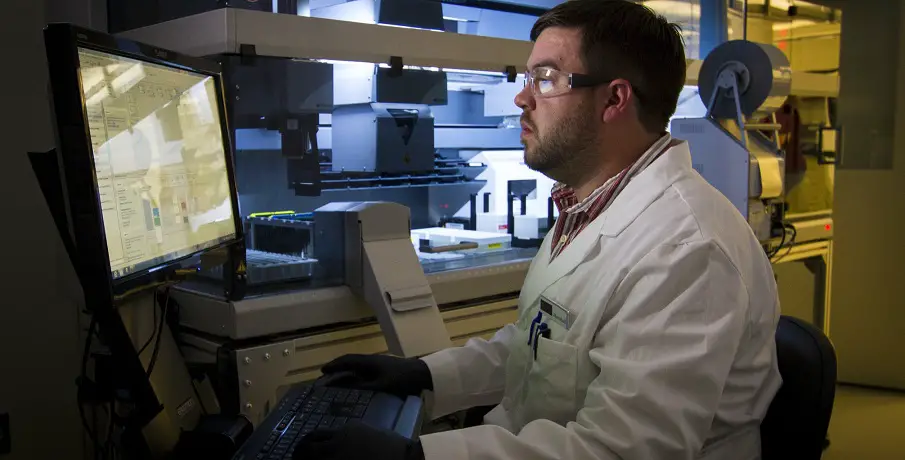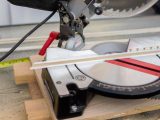
Sunlight photosensitive nanostructured electrodes produce green hydrogen fuel
January 25, 2021A Institut National de la Recherche Scientifique research team is working with the IIPEES.
Canadian researchers from the Institut National de la Recherche Scientifique (INRS) are collaborating with a French team from the Institute of Chemistry and Processes for Energy, Environment and Health (ICPEES) in a CNRS-University of Strasbourg joint research lab to examine the use of sunlight photosensitive nanostructured electrodes for green hydrogen production.
The international research team have developed the electrodes and recently published their paper.
The research team developed nanostructured electrodes that are sunlight photosensitive and are meant for use in green hydrogen fuel production. The international researchers published the results of their work in the Solar Energy Materials and Solar Cells journal’s November 2020 issue.
The goal of the research is to provide new solutions in the production of green hydrogen. This cleanly produced form of H2 is seen by many countries in the Organization for Economic Cooperation and Development (OECD) as a central renewable energy source. H2 is viewed among the viable options in the global decarbonization transition among its industries and sectors.
Developments such as the nanostructured electrodes can help to advance green hydrogen production.
INRS Professor My Ali El Khakani believes that developments such as this one could contribute to the strategic positioning of the Canadian province of Québec within the renewable energy sector, particularly in areas such as hydrogen fuel.
“Thanks to high-performance nanomaterials, we can improve the efficiency of water dissociation to produce hydrogen. This ‘clean’ fuel is becoming increasingly important for the decarbonisation of the heavy-duty trucking and public transportation. For example, buses using hydrogen as a fuel are already in operation in several European countries and in China. These buses emit water instead of greenhouse gases,” said the professor, a specialist in nanomaterials and physics.
The sunlight photosensitive nanostructured electrodes were developed for use in special forms of solar powered electrodes that will split water molecules through photocatalysis. These new atomically altered TiO2 electrodes were able to absorb as much as 50 percent of the sunlight to which they were exposed, a substantial improvement over the 5 percent traditionally absorbed by TiO2. The researchers also identified CoO (cobalt oxide) as an effective co-catalyst material for water molecule  splitting, demonstrating an efficiency level that was 10 times greater in photocatalytics compared to bare nanotubes.
splitting, demonstrating an efficiency level that was 10 times greater in photocatalytics compared to bare nanotubes.



 With over 15 years of reporting hydrogen news, we are your premier source for the latest updates and insights in hydrogen and renewable energy.
With over 15 years of reporting hydrogen news, we are your premier source for the latest updates and insights in hydrogen and renewable energy.